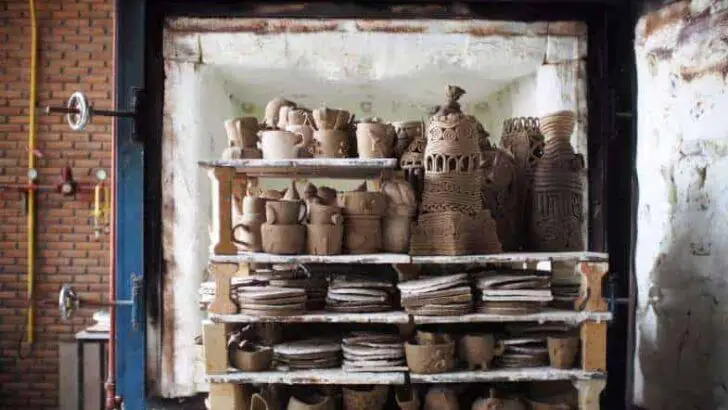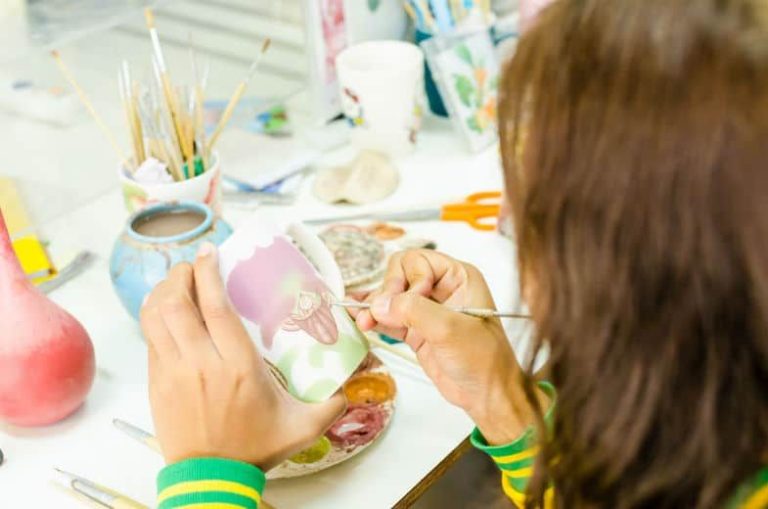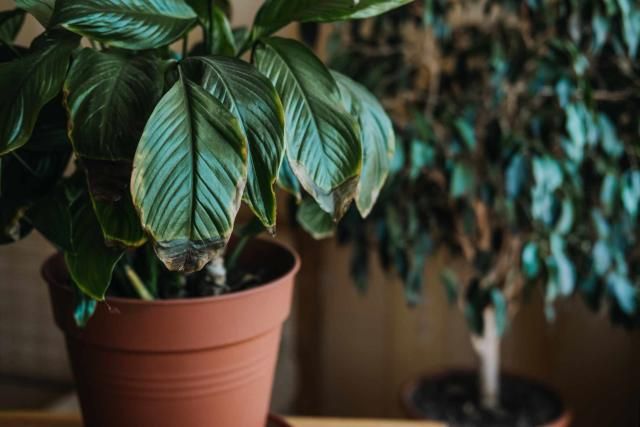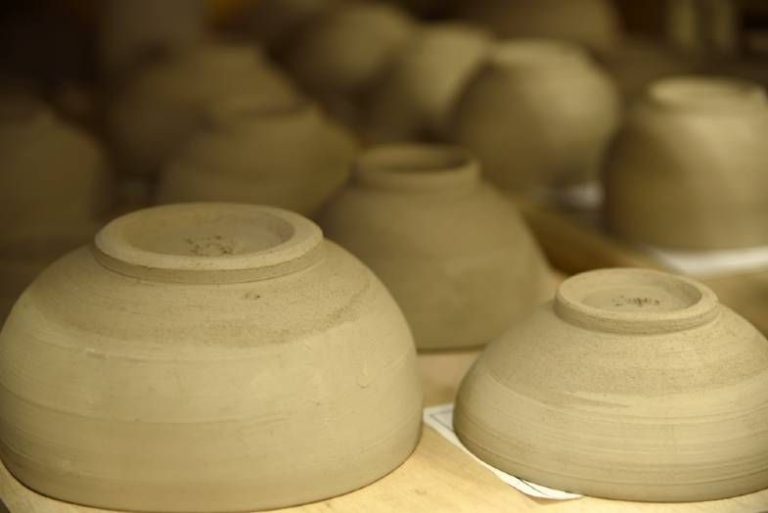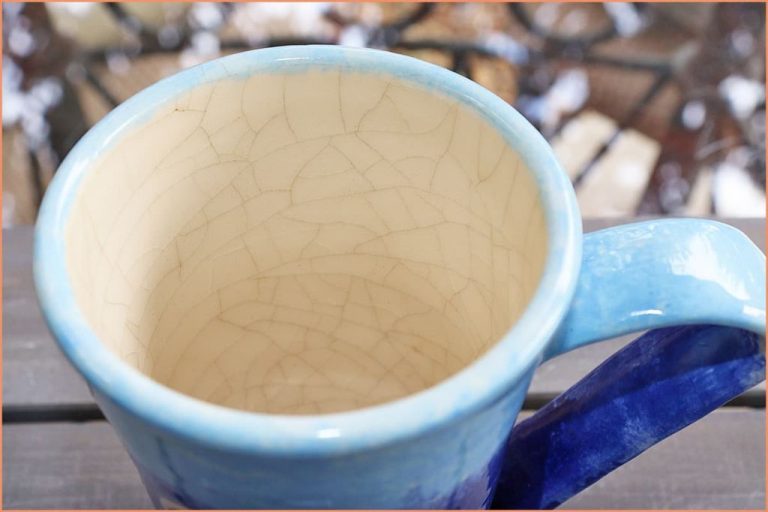Can I Add Water To Air Dry Clay To Make It Softer?
What is Air Dry Clay?
Air dry clay, also called dough clay, is a type of modeling clay that air dries at room temperature. It is made from a mixture of clay and water and does not require baking or firing to harden. Instead, air dry clay hardens through a process called evaporation. As the water in the clay mixture slowly evaporates over time when exposed to air, the clay particles bind together to form a hard, durable material.
Benefits of Air Dry Clay
Air dry clay has become popular among crafters and artists because of its versatility and ease of use. There are several key benefits that make air dry clay a great choice for creative projects:
- Easy to Use – Air dry clay is ready to go right out of the package. There’s no baking required, so it’s simple to start sculpting immediately.
- Affordable – Compared to other clays that require firing in a kiln, air dry clay is very budget-friendly. It’s an accessible option for beginners.
- Doesn’t Require Baking – One of the main perks of air dry clay is that projects made with it do not need to be baked or fired. It air dries naturally.
With characteristics likebeing easy to work with, budget-friendly, and bake-free, it’s easy to see why air dry clay has become a go-to choice for both kids and adults interested in crafting or clay modeling.
Can You Soften Air Dry Clay with Water?
Yes, adding water is an effective way to soften air dry clay. When water is mixed into the clay, it rehydrates the material and makes it pliable again. This allows you to smooth surfaces, blend seams, and rework any details as needed. The water molecules get absorbed into the clay and act as a lubricant between the tiny clay particles. Just be careful not to add too much water or else the clay can become sticky.
Adding a small amount of water rewets the clay and opens up the structure so it can be reshaped. As the clay dries out again, it will harden back up while retaining the new form. This makes water an ideal way to keep air dry clay workable if it has become too firm over time. Just a spray bottle, dropper, or damp brush can deliver enough moisture to soften a section without over-saturating the entire piece.
So if your air dry clay sculpture or project has become too stiff, go ahead and add a little water to rehydrate and soften it as needed. The water allows the clay to become malleable again so you can continue sculpting or smoothing seamlessly.
How Much Water to Add
When adding water to air dry clay, it’s important to add small amounts at a time. Adding too much water at once can make the clay too wet, causing pieces to fall apart or lose their shape.
Start by adding just a few drops of water and kneading it into the clay. Continue adding water a little bit at a time, kneading thoroughly between each addition. Stop adding water when the clay reaches the desired softness and pliability.
As a general guideline, add no more than 1-2 teaspoons of water at a time to a 2 pound block of air dry clay. Knead well and check the consistency before deciding if more water is needed.
Keep in mind that clay will stiffen up slightly as it rests. Allow the clay to sit for 5-10 minutes after adding water to fully absorb before assessing if additional water is required.
With practice, you’ll get a feel for just how much water your particular clay needs. Going slowly and adding small amounts is the key to prevent making the clay too soft.
Techniques for Adding Water
When adding water to air dry clay, you’ll want to do so gradually and with precision. There are a few techniques that work well:
Spray Bottle
Using a spray bottle is an easy way to mist the clay lightly with water. Start with a couple of spritzes and massage the water into the clay to see if it reaches the desired consistency before spraying more. This gives you control over how much moisture you’re adding.
Dip in Water
You can dip pieces of the clay directly in water briefly to soften the outer layer. Take care not to oversaturate the clay. Test on a small piece first to gauge how long to submerge.
Wet Brush
Using a wet brush to paint water directly onto the clay allows you to target specific areas. Dip your brush in water and stroke over dry or crumbly parts until the clay is workable again.
Effects of Adding Water
Adding water to air dry clay produces several effects that are important to understand:
Softer, more malleable texture – The added moisture allows the clay particles to move more freely against each other, giving the clay a softer, more malleable consistency that is easier to shape and mold.
Longer drying time – The extra water content means it will take longer for the moisture to fully evaporate. Drying time can be 12 hours or more if a significant amount of water is added.
Potential cracking if too wet – Adding too much water can overly saturate the clay, making it prone to cracking and crumbling when drying. Care should be taken not to make the clay excessively wet.
When to Add Water
There are two main times when you may want to add water to air dry clay:
When clay feels too dry or crumbly.
If your clay has been sitting out and exposed to air for a while, it can start to dry out. This makes the clay difficult to mold and shape. Adding a small amount of water at this point will bring the clay back to a smooth, workable consistency.
While sculpting if needing to smooth or blend.
As you sculpt with air dry clay, you may find areas that are rough or where two pieces don’t blend smoothly. Adding a bit of water as you sculpt allows you to smooth seams and create a cohesive, polished look in your finished piece. Just dip your finger in water and gently smooth over the area needing blending.
Drying Air Dry Clay After Adding Water
After adding water to air dry clay, it’s crucial to let the clay dry fully before baking or painting. Air dry clay uses evaporation to harden, so moisture needs to dissipate completely.
Allow the clay to air dry naturally at room temperature. Drying can take 1-3 days depending on the thickness and amount of added water. Be patient and give it plenty of time.
Avoid quick-drying methods like direct sunlight, heaters, or hairdryers. Too much heat can cause cracking or damage. It’s best to let the moisture evaporate slowly under normal indoor conditions.
Keep the clay away from drafts or breezes to prevent uneven drying on the surface. Store covered with plastic wrap or in a sealed bag while drying if needed.
Check for dryness by feeling if the clay still seems cool or damp. When fully dry, it will feel smooth, firm, and room temperature throughout.
Allowing adequate drying time ensures air dry clay re-hardens properly and retains its strength. With patience, you can successfully soften clay without compromising the end result.
Storing Air Dry Clay
After using air dry clay in your projects, you’ll want to properly store any unused clay for later use. Air dry clay dries out quickly when exposed to air, so the key is keeping it in an airtight container.
Store unused or partially used clay in a sealed plastic bag or airtight plastic container. Squeeze out any excess air before sealing to prevent drying. Glass jars or plastic containers with tight lids work well for storage. For longer storage, you can even freeze air dry clay in a freezer bag or container. Freezing prevents drying and extends the shelf life significantly.
With proper airtight storage, air dry clay can be stored for 6 months to a year at room temperature. When frozen, it can keep for several years. Just make sure to thaw the clay completely and knead it well before using if it was frozen.
Following these air tight storage recommendations will maintain the clay’s texture and workability, so you can use it for future projects and enjoy creating with air dry clay over and over again.
Tips for Success
When adding water to air dry clay, follow these tips for the best results:
Knead well after adding water – It’s important to thoroughly knead the clay after adding water to evenly distribute the moisture throughout. Kneading helps blend the water into the clay. Continue kneading until the clay feels uniformly soft and pliable.
Work in small sections – Only soften as much clay as you can comfortably work with at one time. It’s best to divide the clay into portions and soften each section separately. This prevents the clay from becoming too wet overall.
Allow proper drying time – Air dry clay will take longer to harden if water has been added. Make sure to allow adequate time for thorough drying before baking or painting the clay. Drying overnight is recommended after adding water.

